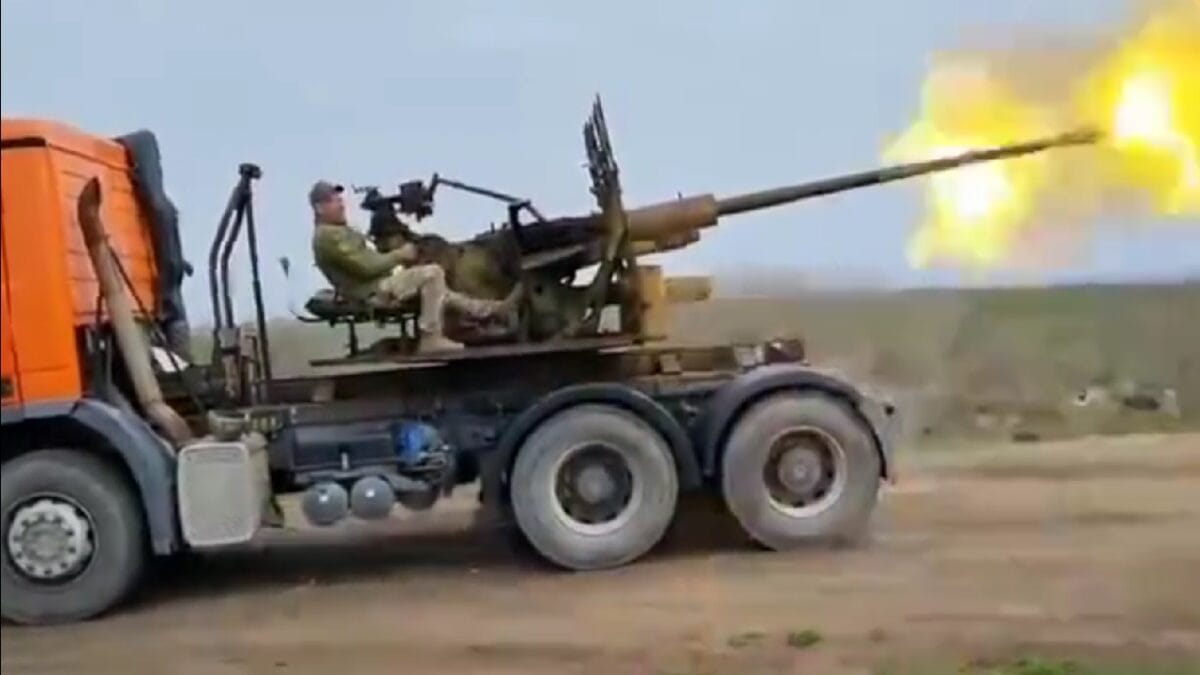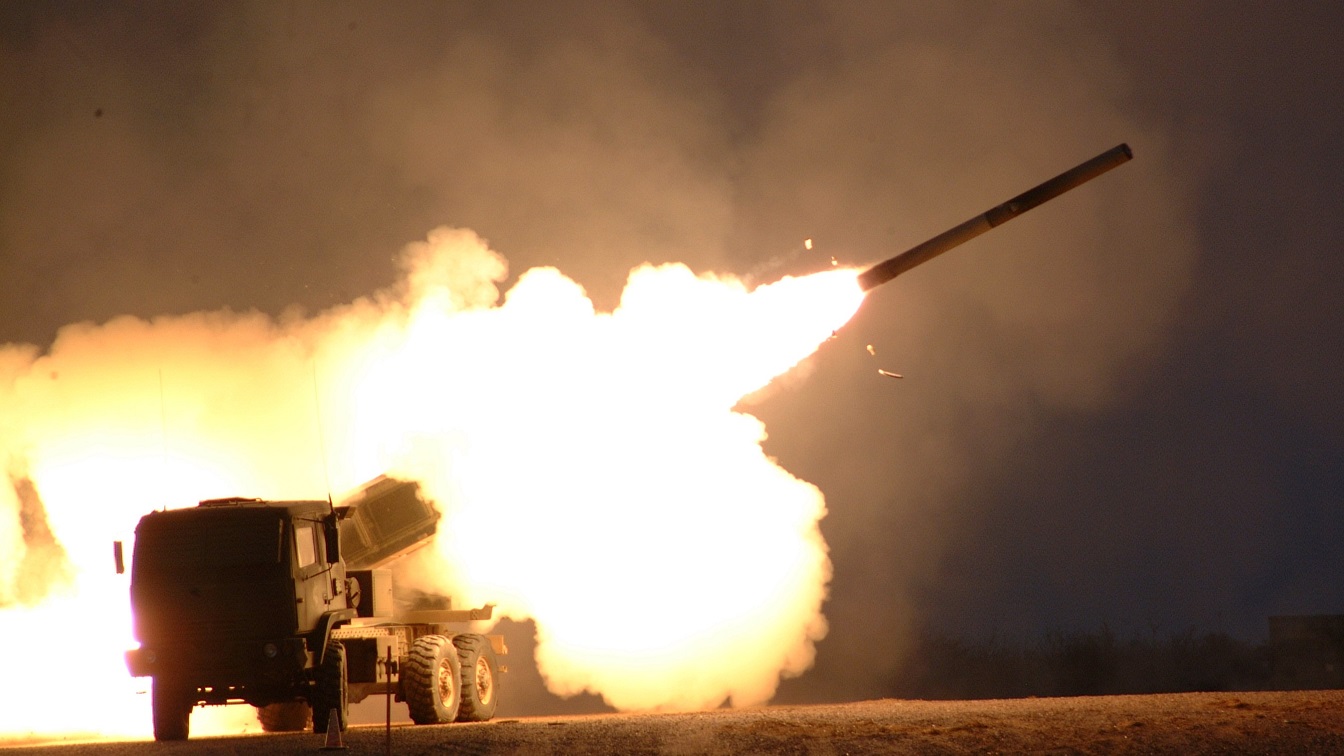On day 236 of the war in Ukraine, the Russian military is sending more mobilized reservists to the front lines as the war continues to go poorly for Moscow.
Mobilized Russian Reserves in Ukraine
The war in Ukraine isn’t going well for the Russian military. Russian President Vladimir Putin knows that; the Russian Ministry of Defense knows that; the world knows that.
With tens of thousands of troops killed and wounded in action and thousands of tanks, armored personnel carriers, infantry fighting vehicles, artillery pieces, and other weapon systems abandoned or destroyed, the Russian military isn’t achieving anything in Ukraine.
In an effort to change the tides of a war gone horribly bad, the Russian leader called a partial mobilization in the closing days of September. The Kremlin officially called 300,000 reservists to action, with potentially hundreds of thousands more Russians called to service unofficially.
And yet, the partial mobilization has gone as poorly as the war on the ground has for the Russian military. Bad logistics, poor morale, and shortages of even the most basic things turned the Russian mobilization into a great fiasco.
Mobilized reservists found themselves on the front lines with just a few days of training and lacking essential warfighting equipment such as modem body armor, helmets, and tourniquets. Already the body bags are returning home, inflicting another hit to the credibility of Putin. The Russian leader cited the front’s great size (more than 700 miles of frontlines) and the dire need for more troops as the reason for sending untrained reservists to Ukraine against a determined and battle-hardened Ukrainian military.
To be sure, it’s not that the Russian military is swimming in options in Ukraine. Russian military planners have to balance the immediate, pressing need for more troops on the frontlines to halt the Ukrainian advances with the strategic necessity of creating new units that could conduct offensive operations in the future. It’s not an enviable job, and thus it’s no wonder that the Russians are doing a poor job so far.
Meanwhile, thru the lips of its spokesperson Dmitry Peskov, the Kremlin once more reiterated its commitment to see the war to the end. Peskov said that the special military operation “will continue, and [that] we will go through with it.”
The winter is bound to slow down offensive operations, and Putin is most likely betting that the unity of the anti-Russian coalition will waiver as the cold starts to test the political patience and the economic durability of the European Union.
Russian Casualties
Overall, the Ukrainian Ministry of Defense claimed that as of Monday, Ukrainian forces have killed approximately 65,320 Russian troops (and wounded approximately thrice that number), destroyed 268 fighter, attack, and transport jets, 242 attack and transport helicopters, 2,537 tanks, 1,599 artillery pieces, 5,205 armored personnel carriers, and infantry fighting vehicles, 366 Multiple Launch Rocket Systems (MLRS), 16 boats and cutters, 3,969 vehicles and fuel tanks, 187 anti-aircraft batteries, 1,241 tactical unmanned aerial systems, 144 special equipment platforms, such as bridging vehicles, and four mobile Iskander ballistic missile systems, and 316 cruise missiles shot down by the Ukrainian air defenses.

From Twitter: “An AZP S-60 57mm AA gun mounted on a truck used by UA forces- one example of the many improvised weapons appearing recently,”
Expert Biography: A 19FortyFive Defense and National Security Columnist, Stavros Atlamazoglou is a seasoned defense journalist specializing in special operations, a Hellenic Army veteran (national service with the 575th Marine Battalion and Army HQ), and a Johns Hopkins University graduate. His work has been featured in Business Insider, Sandboxx, and SOFREP.

